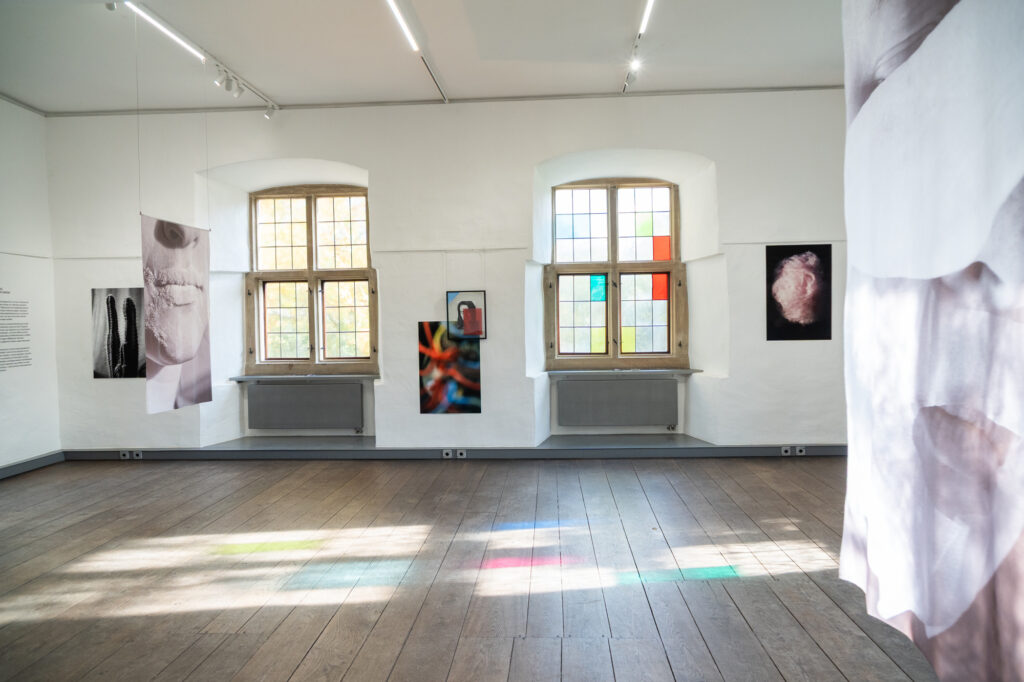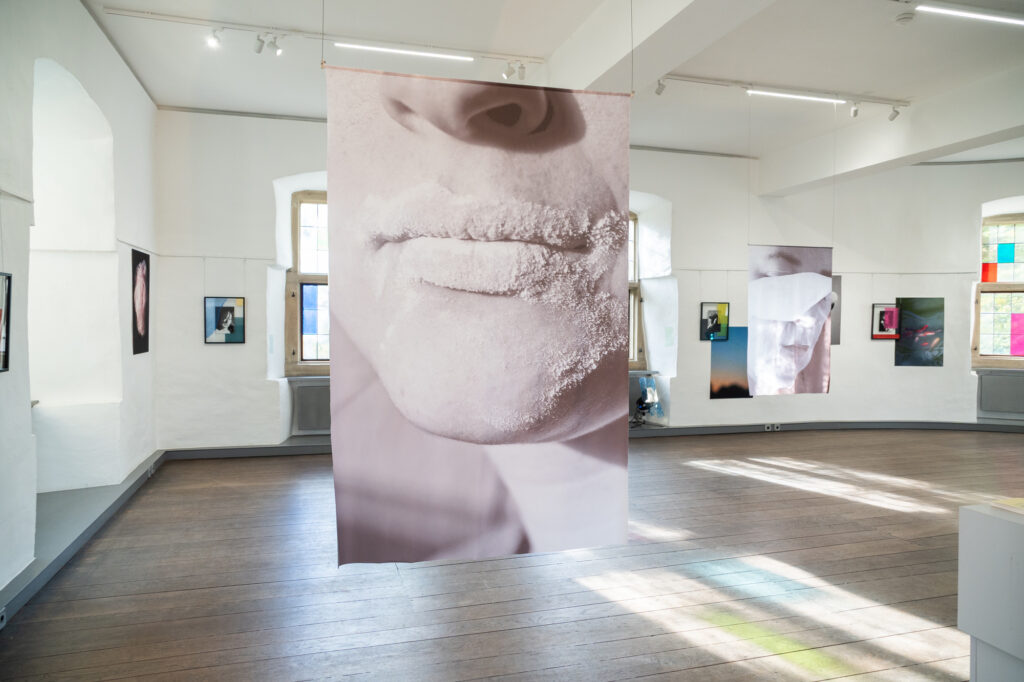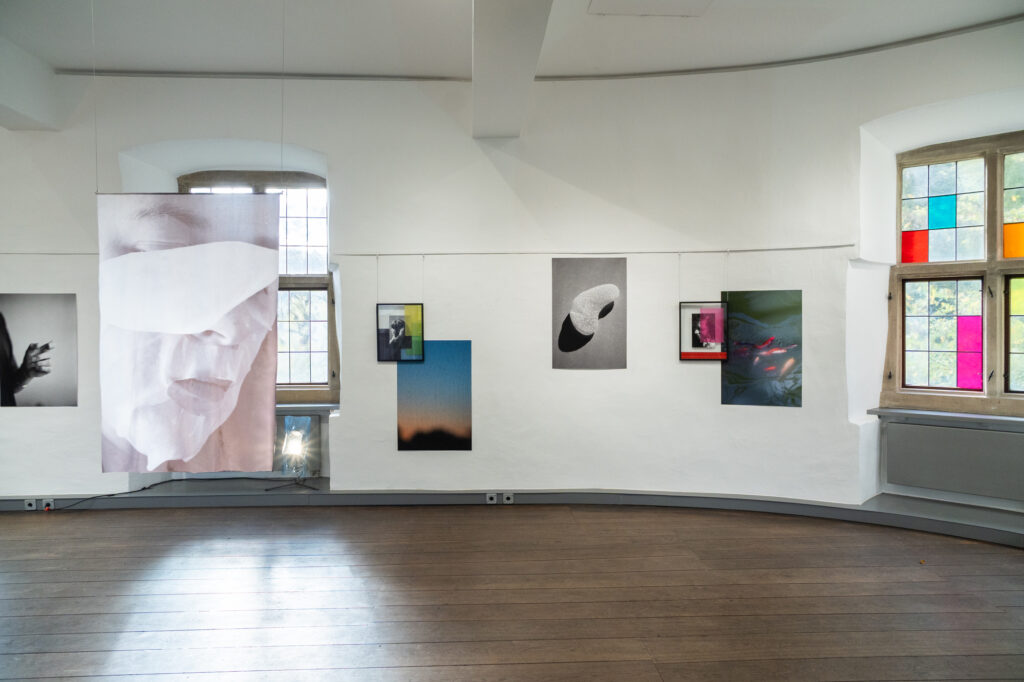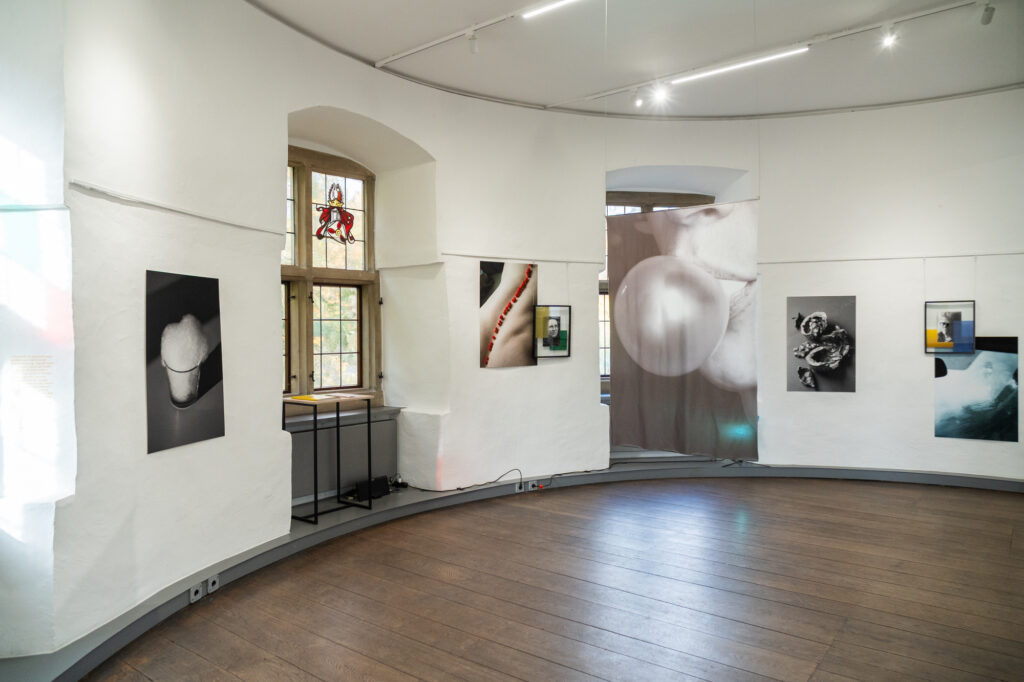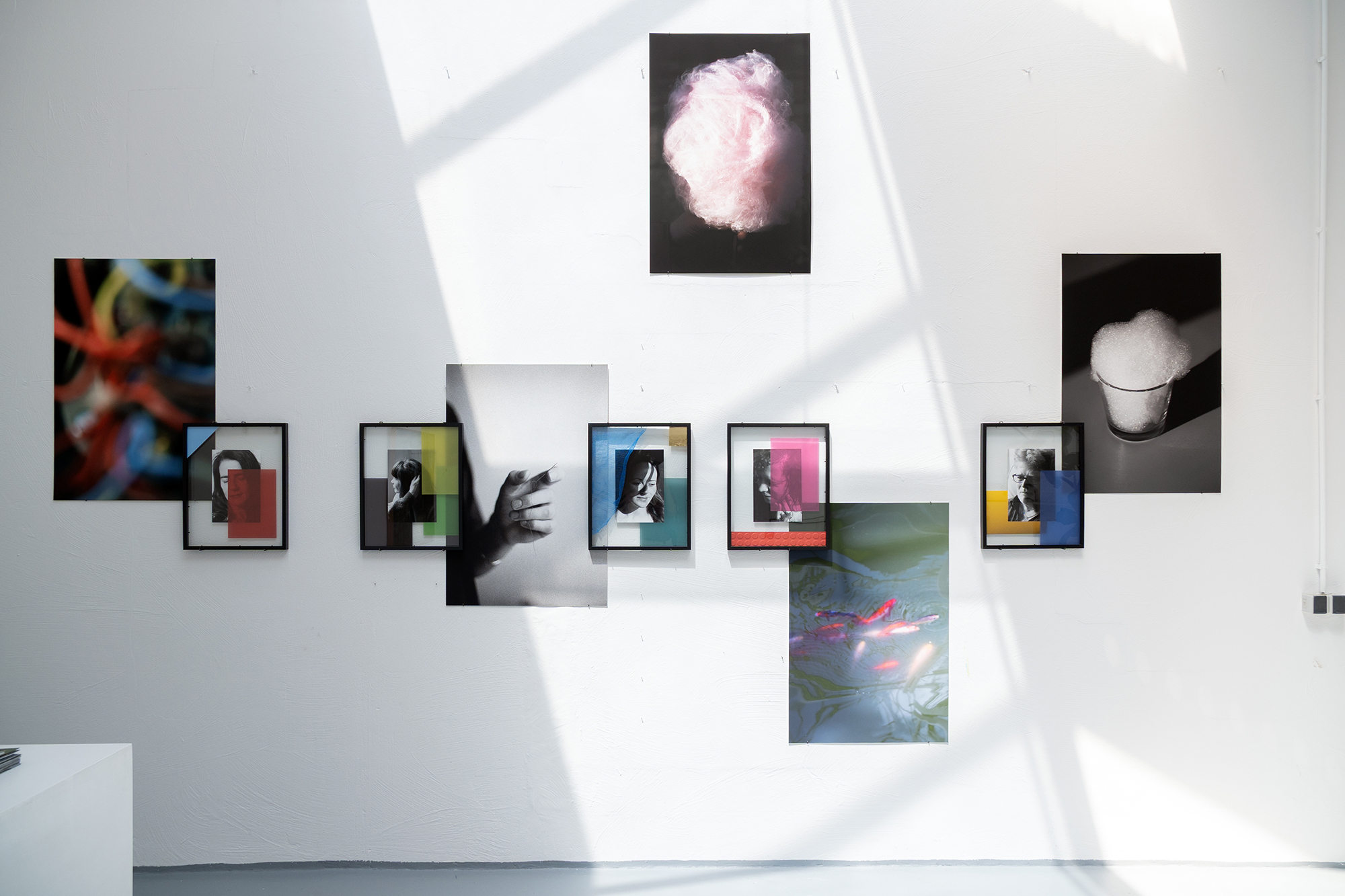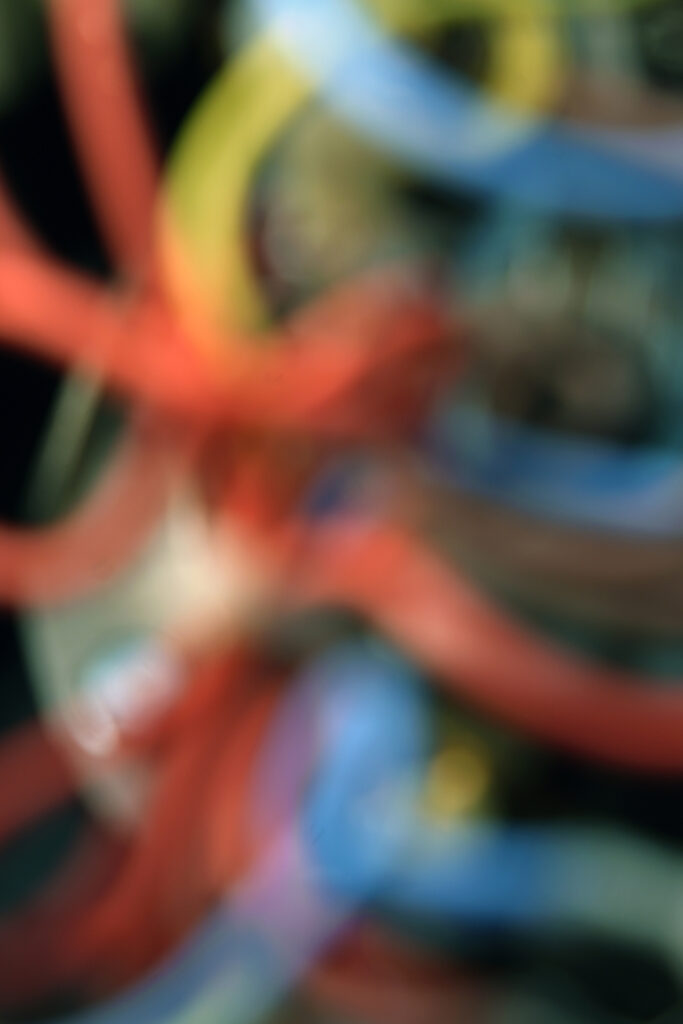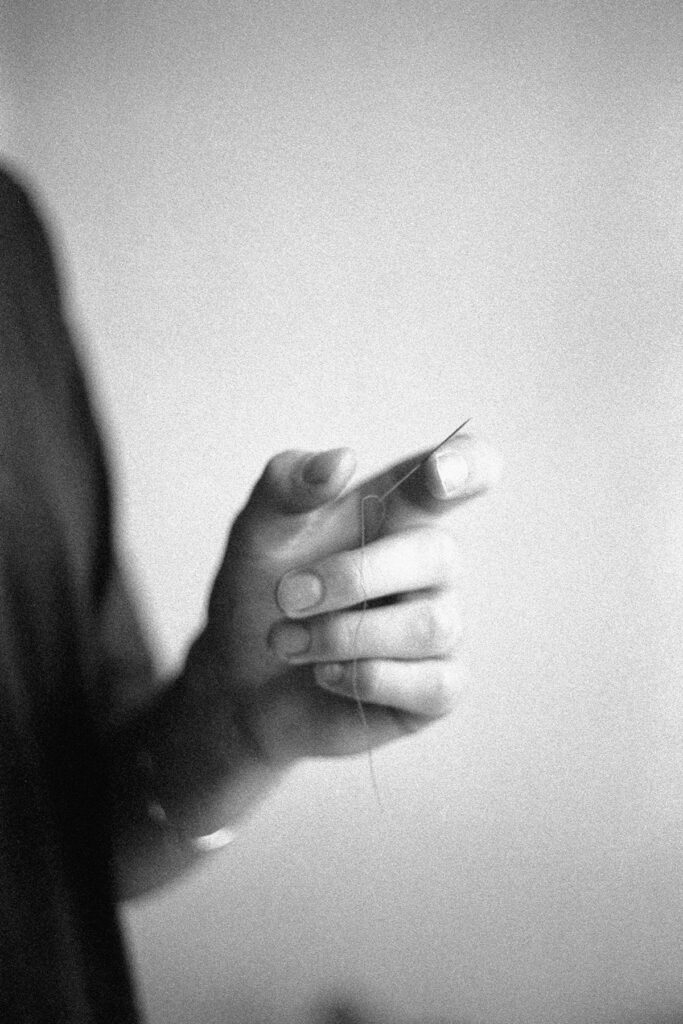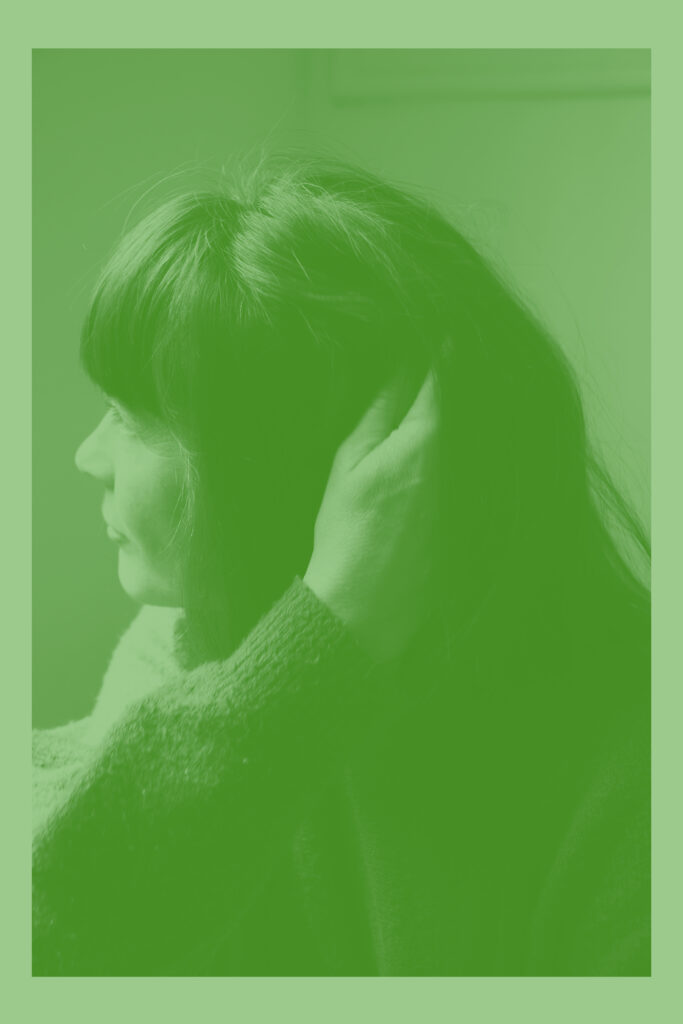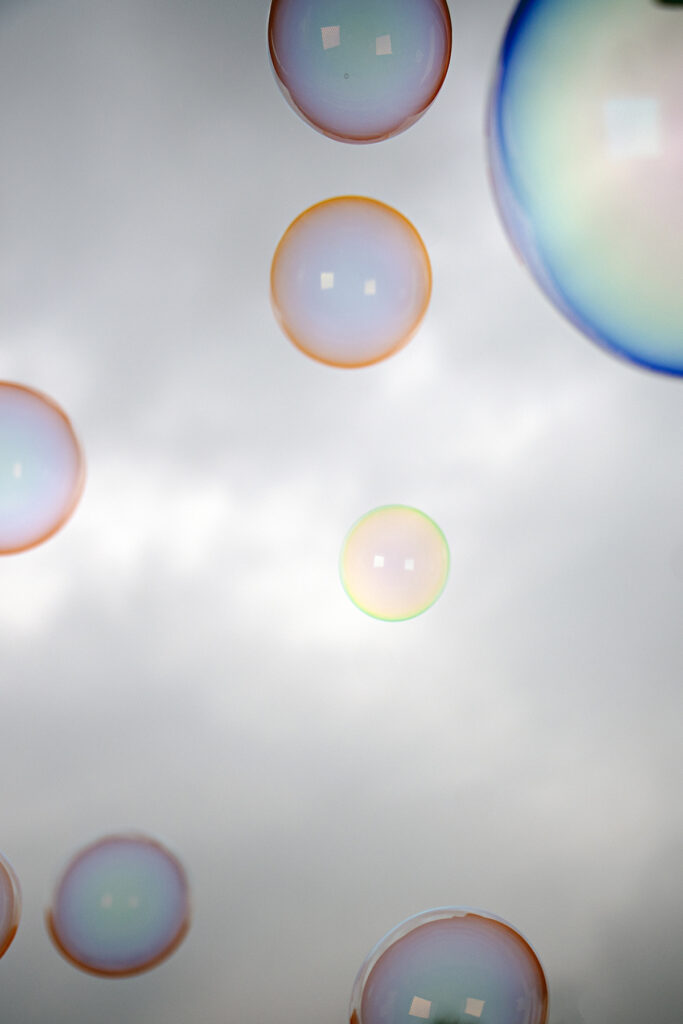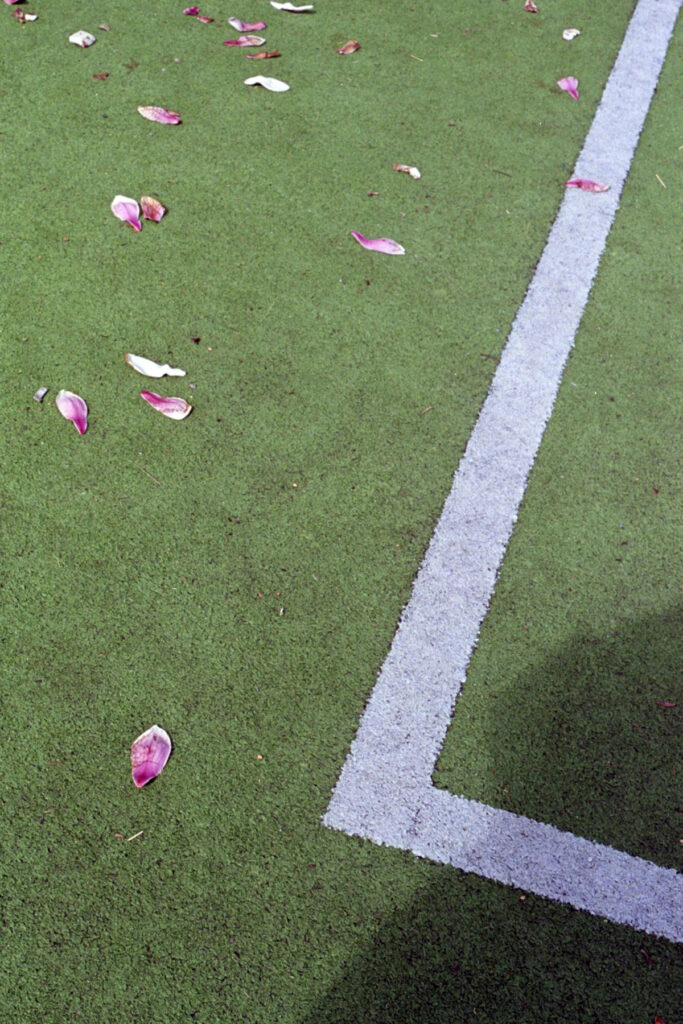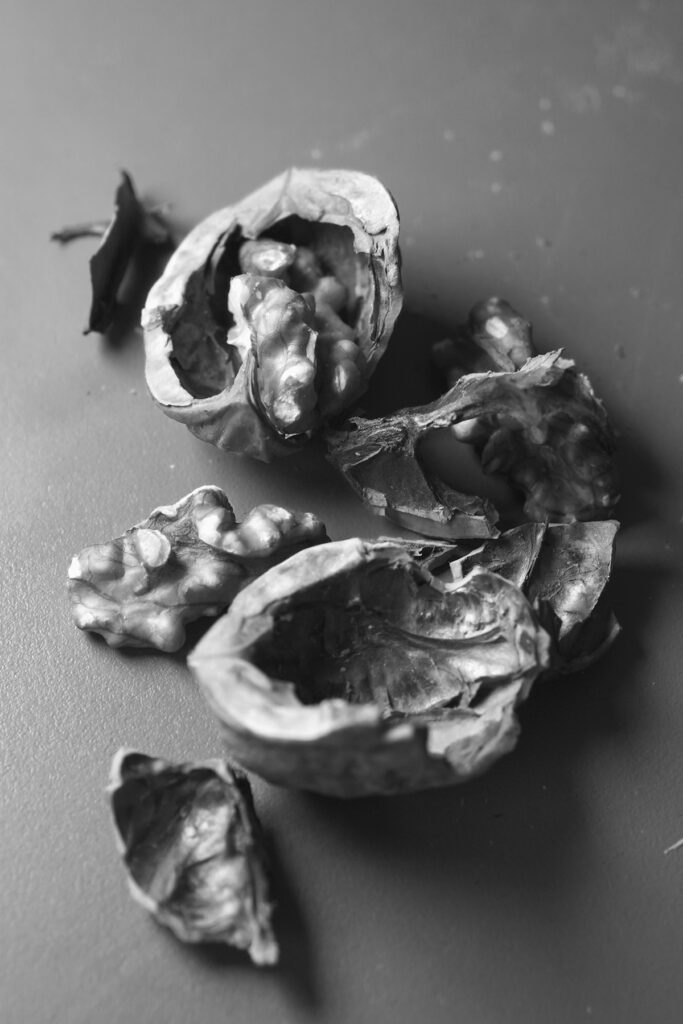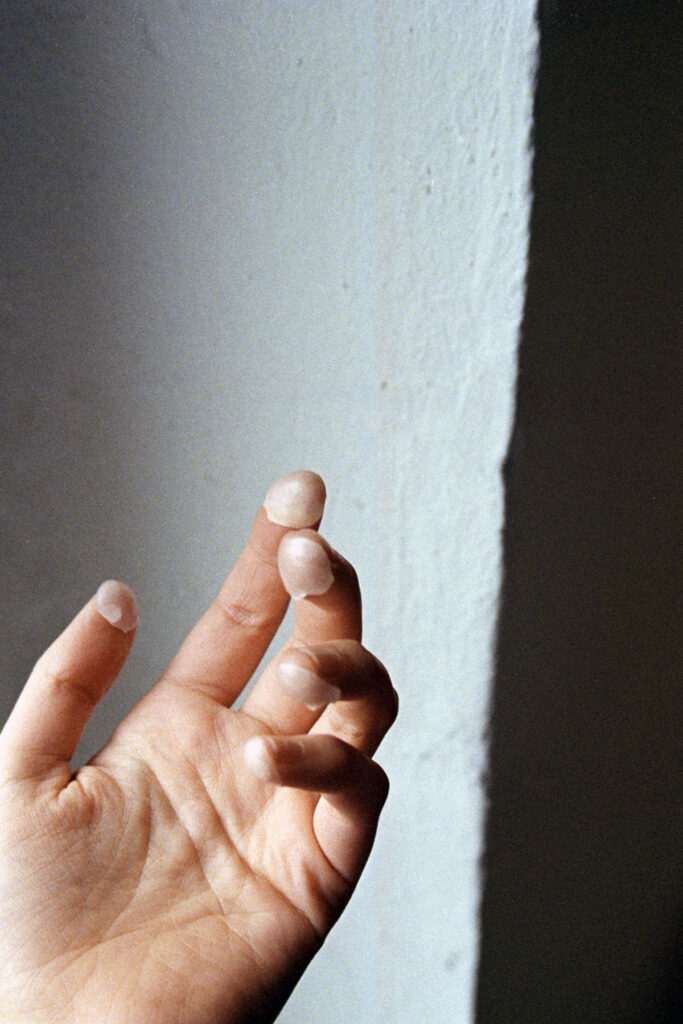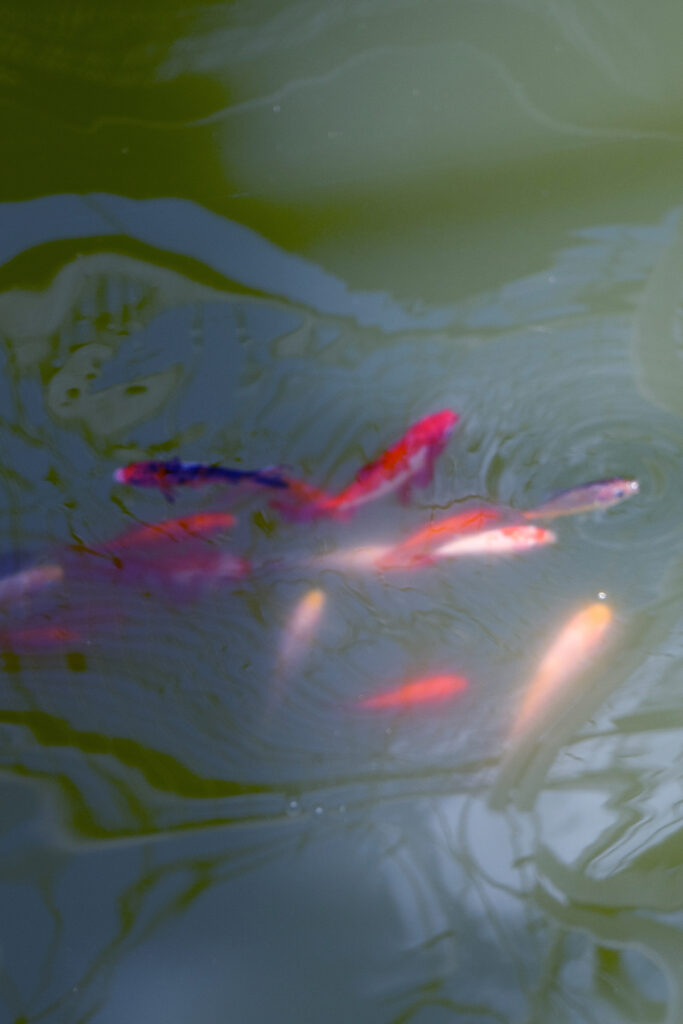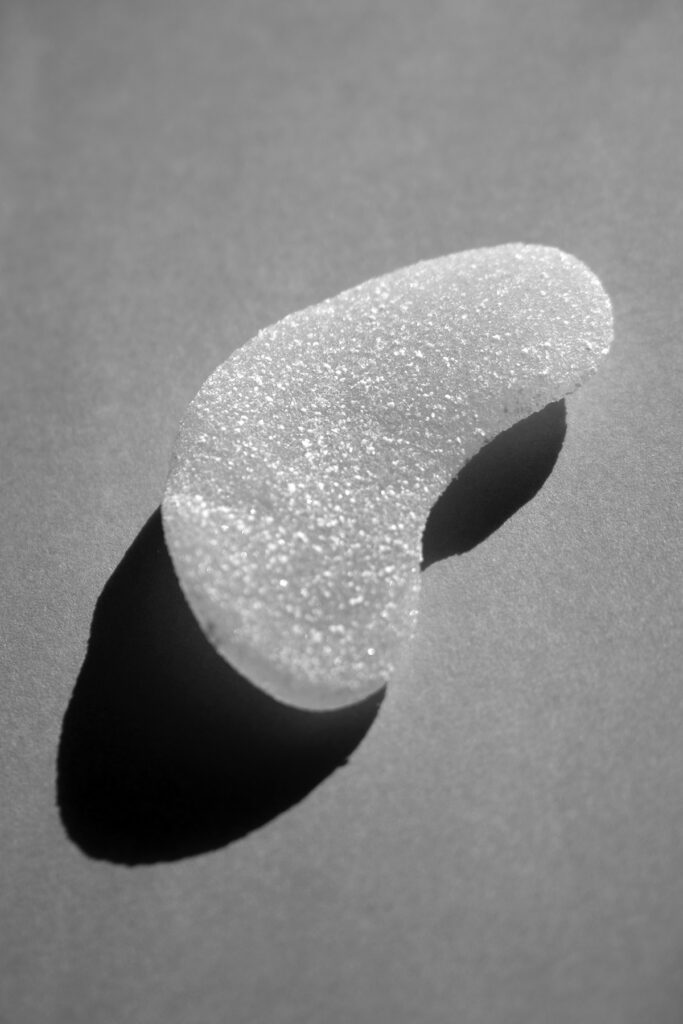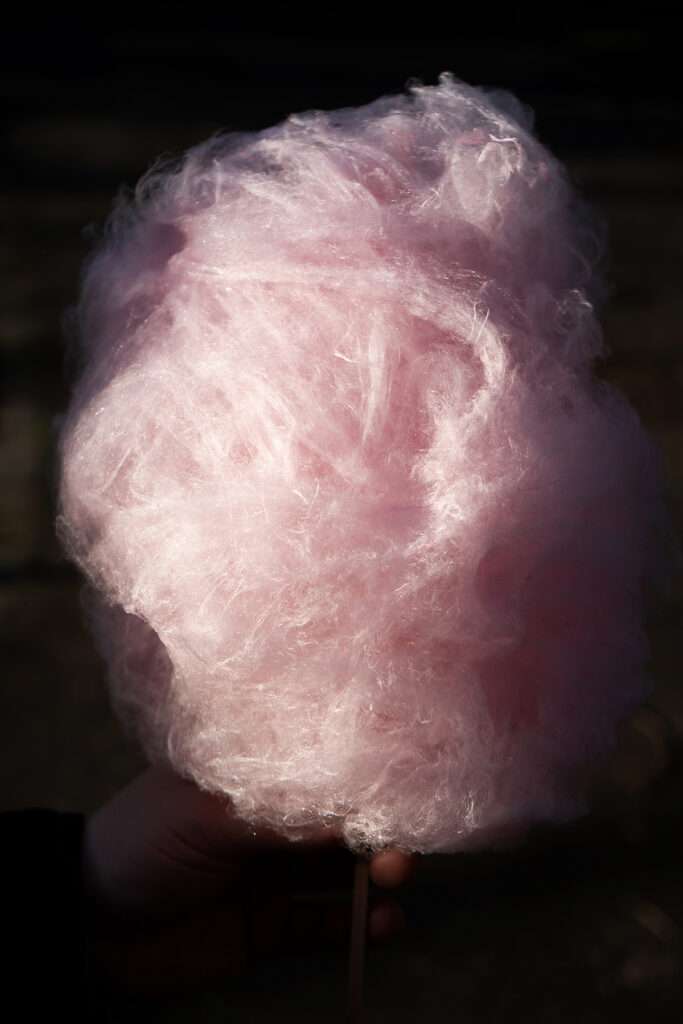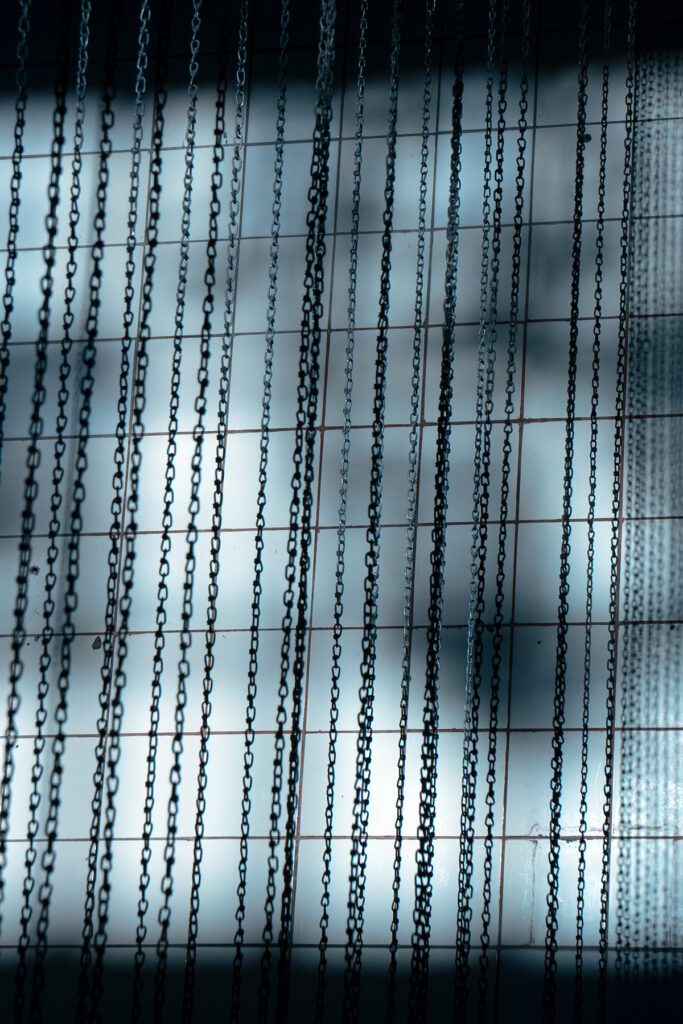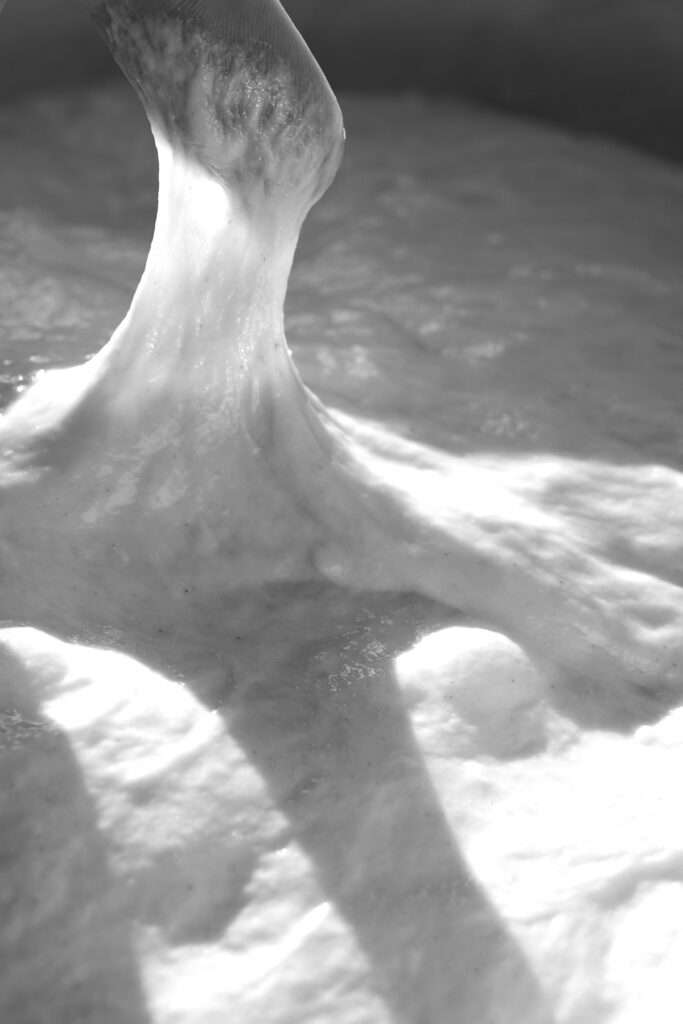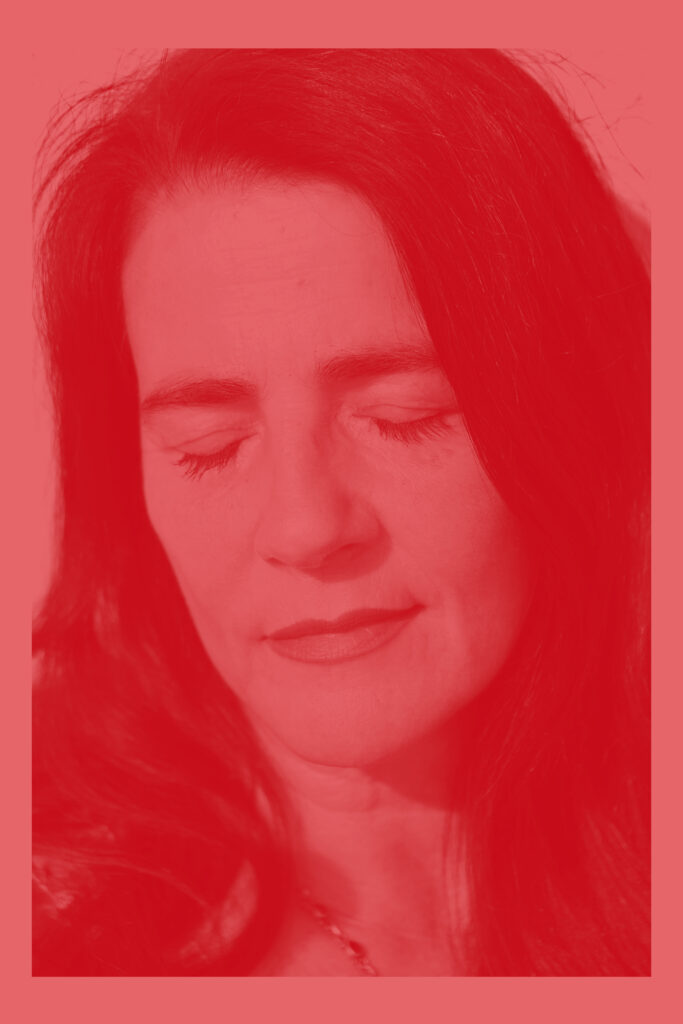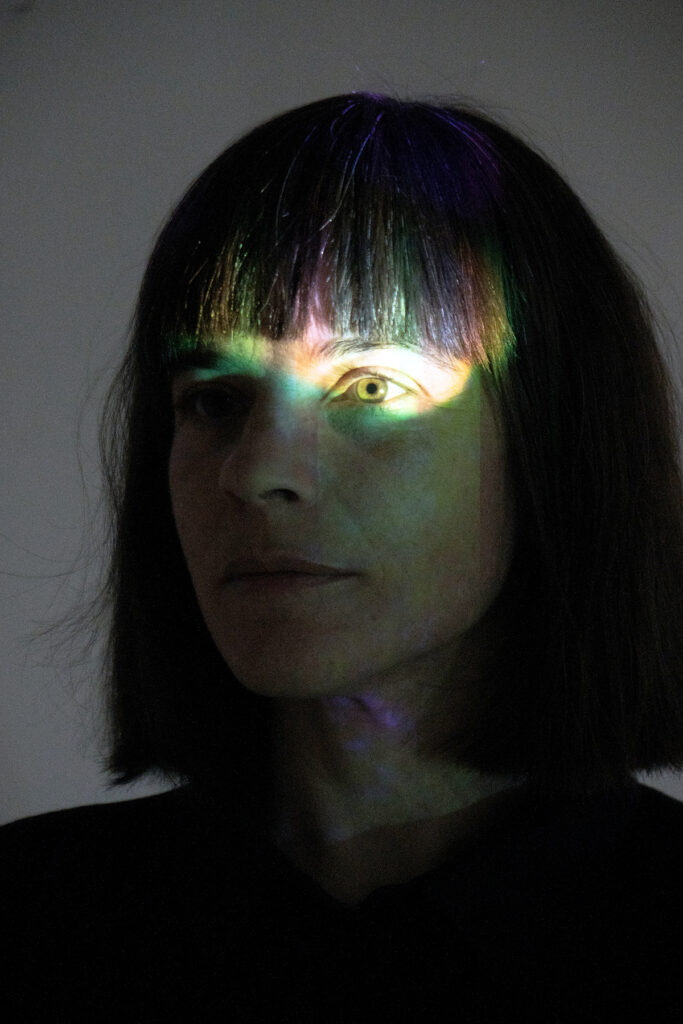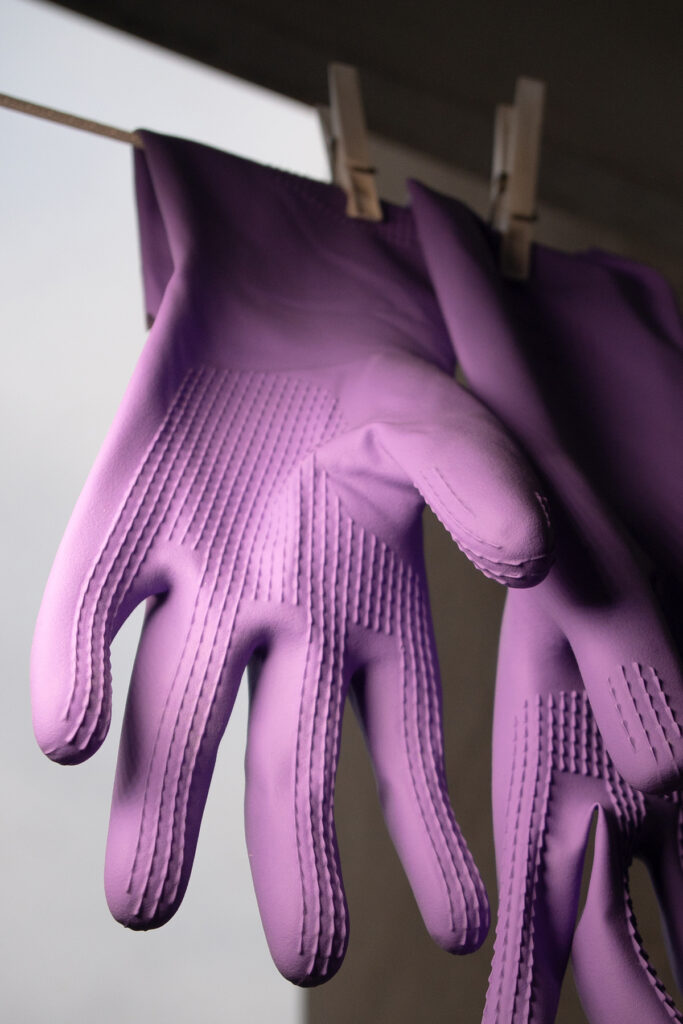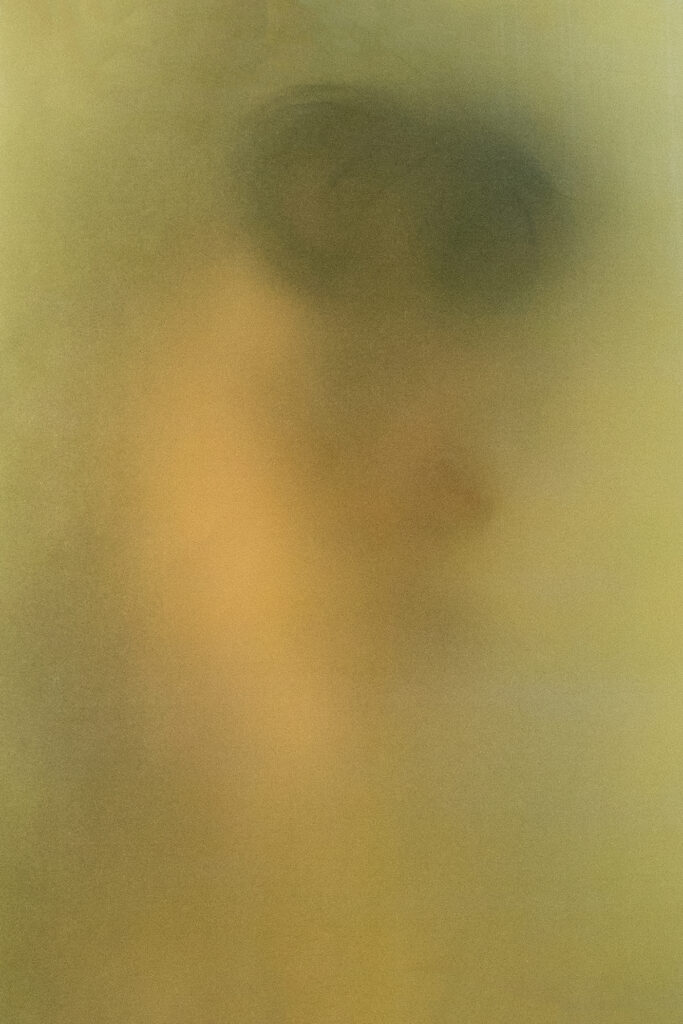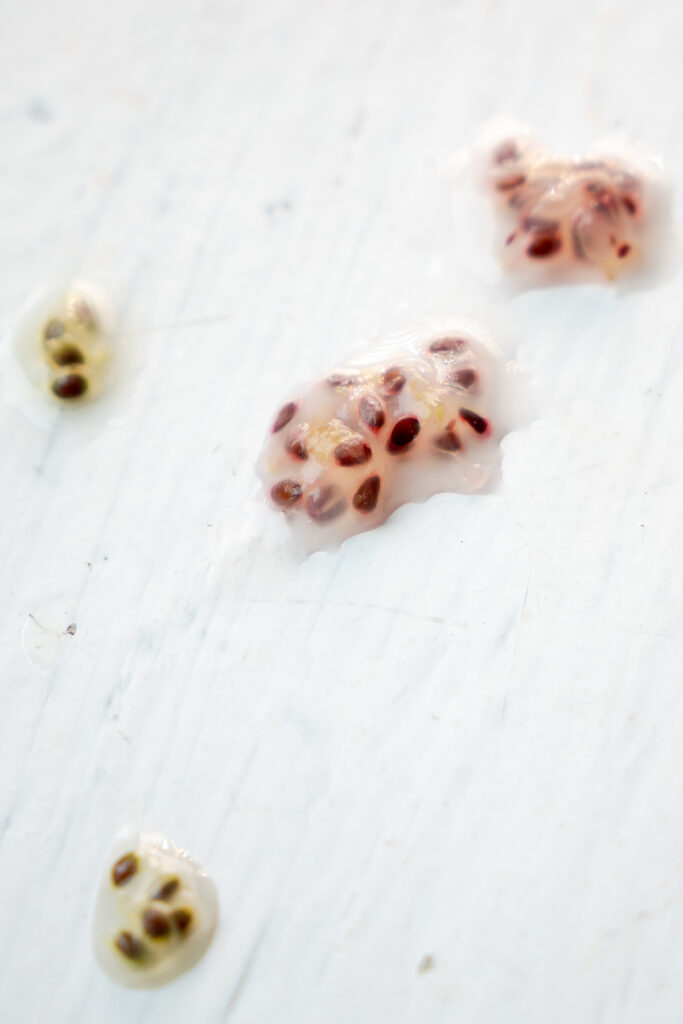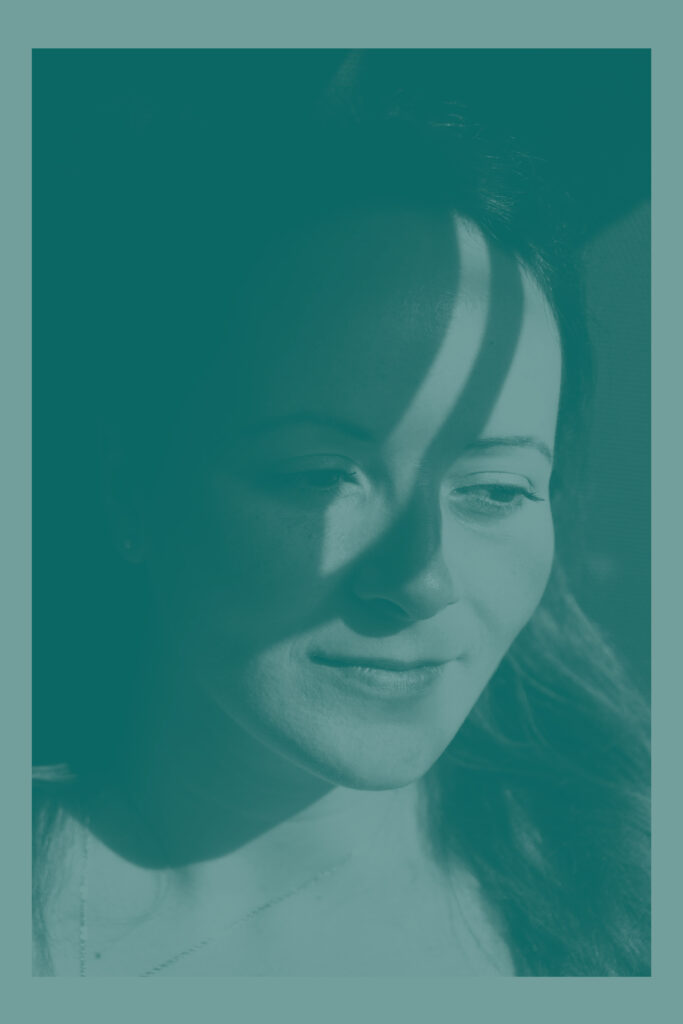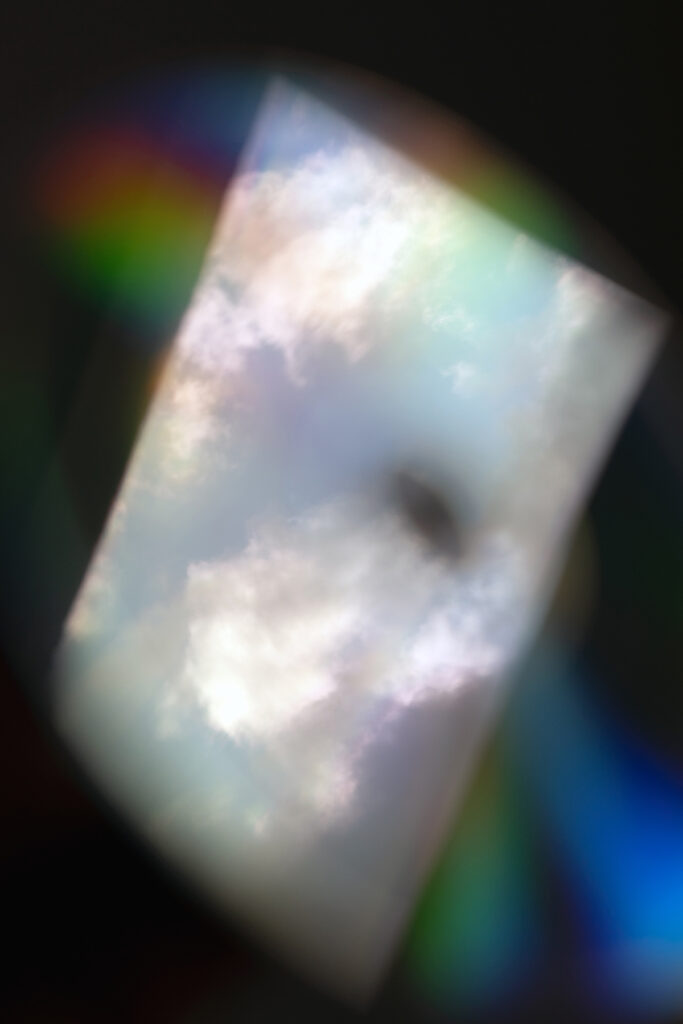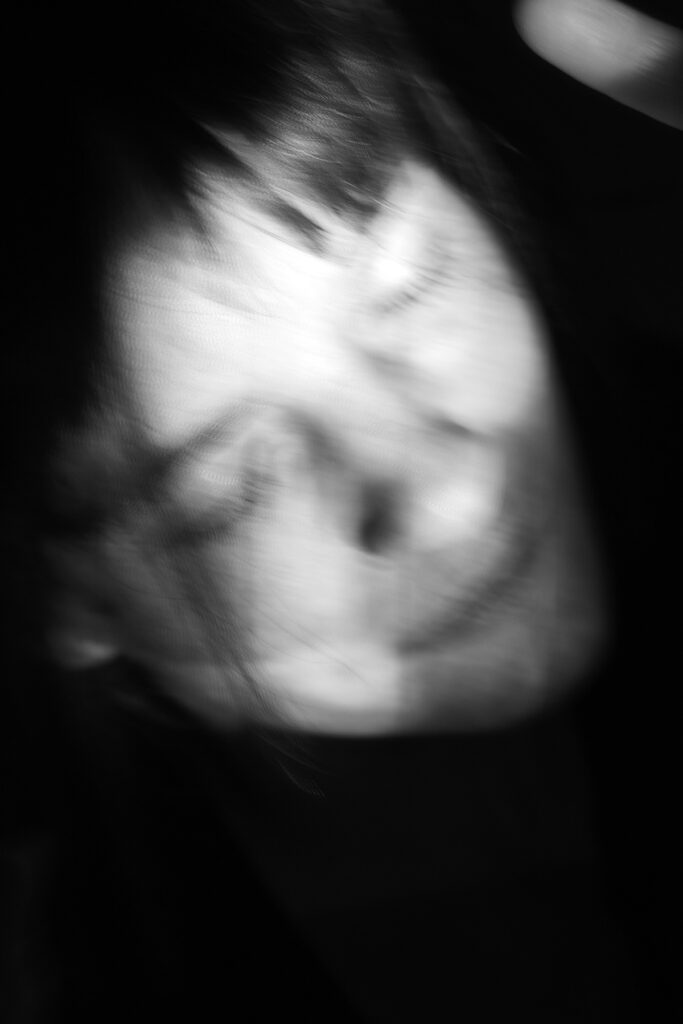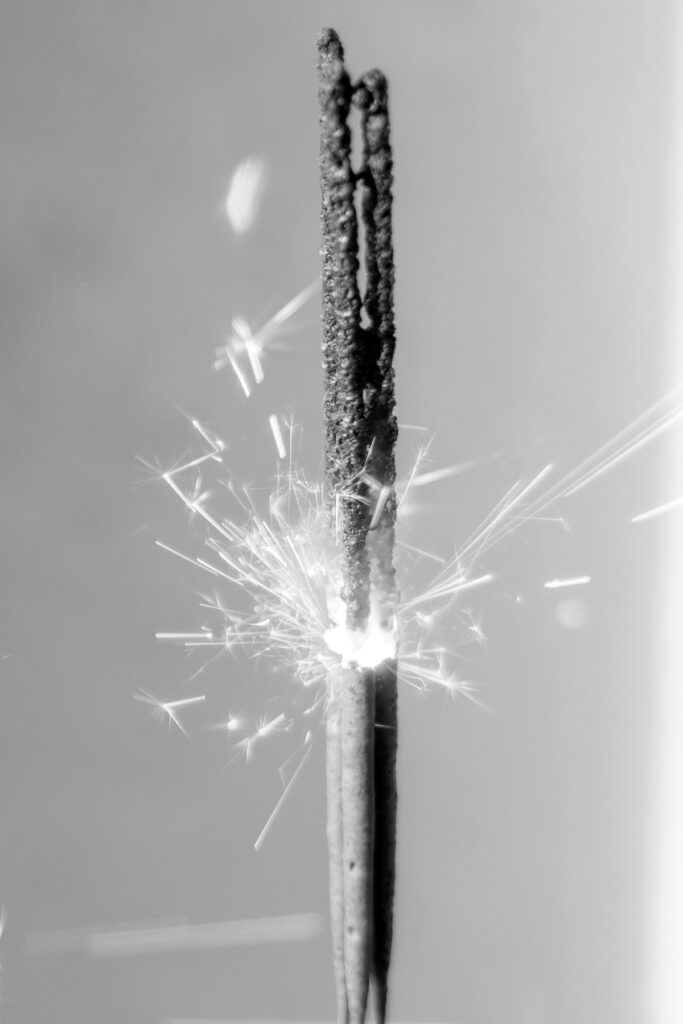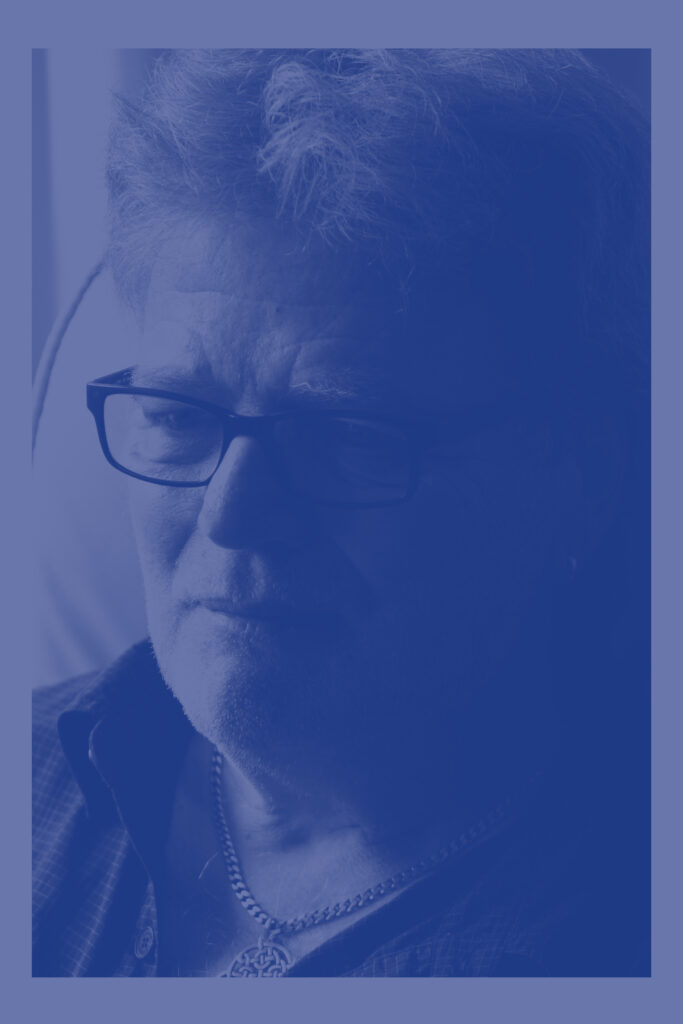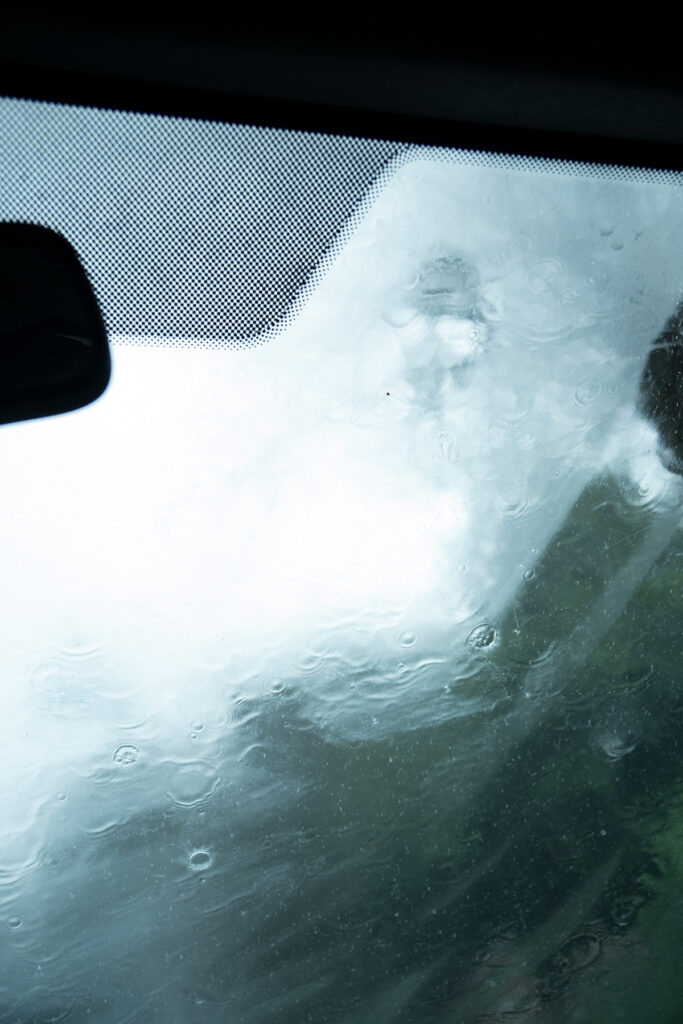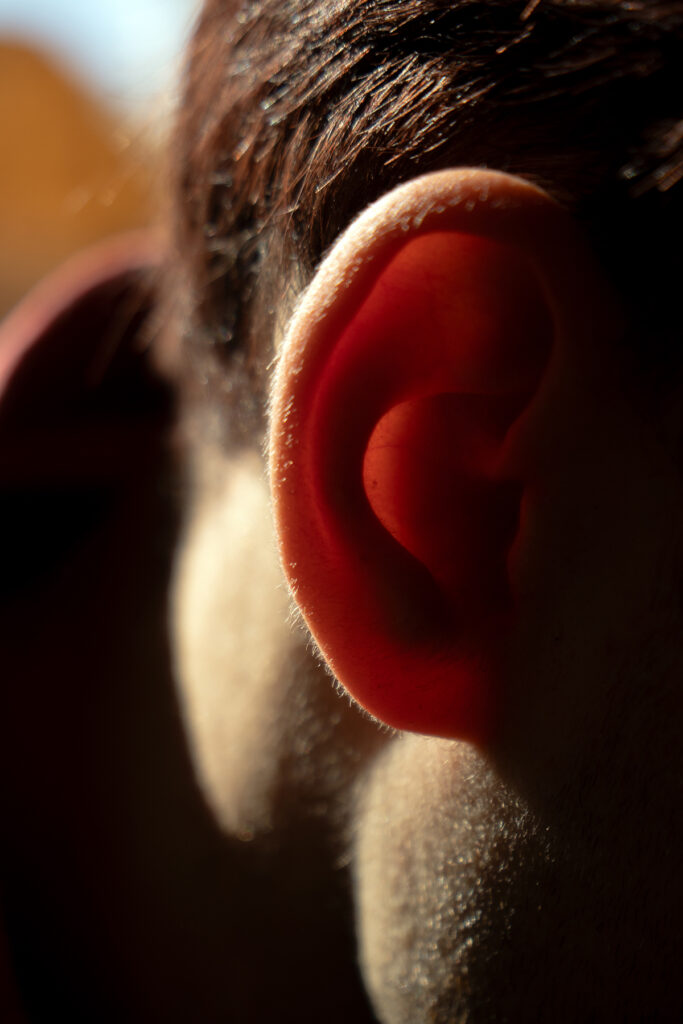Music is always colourful, often amber, violet, dark blue and dark green, white, light blue, pink and sulphur yellow. It always has texture, as light as a cloud or as sluggish as a beanbag, as wet as moss, as warm as a blanket or as cold and heavy as concrete. Individual sounds, choirs, instruments and melodies move in different shapes and in different directions in front of my inner screen. I see ellipses, horizontal and vertical lines, pipes, made of wood, metal, sometimes frayed or smooth as an eel, striving upwards or glassy and drop-shaped.
How can I be sure that other people think, feel, see, smell, and taste in a way similar to me? How much can another person’s perception differ from my own subjective experience? The neurological phenomenon of synaesthesia is an example of the complexity and diversity of human perception. In synaesthesia, the senses are interconnected, so that a single stimulus can trigger multiple sensory experiences. In conversation with eight synaesthetes, I realized how subjective the various synaesthetic sensations are and how difficult they are to represent or reproduce. The verbal exchange between myself, as a non-synaesthete, and people with synaesthesia provides the basis for the photographs. These images are a way of processing and interpreting sensory experiences that I can never directly live through or feel myself. Yet through these encounters and conversations, I was able to discover my own perception a bit more. The descriptions inspired me to examine my perception in everyday life: Does the voice sound rough or soft, sour or sweet? What sound does this red colour evoke in me? What does Thursday taste like?
